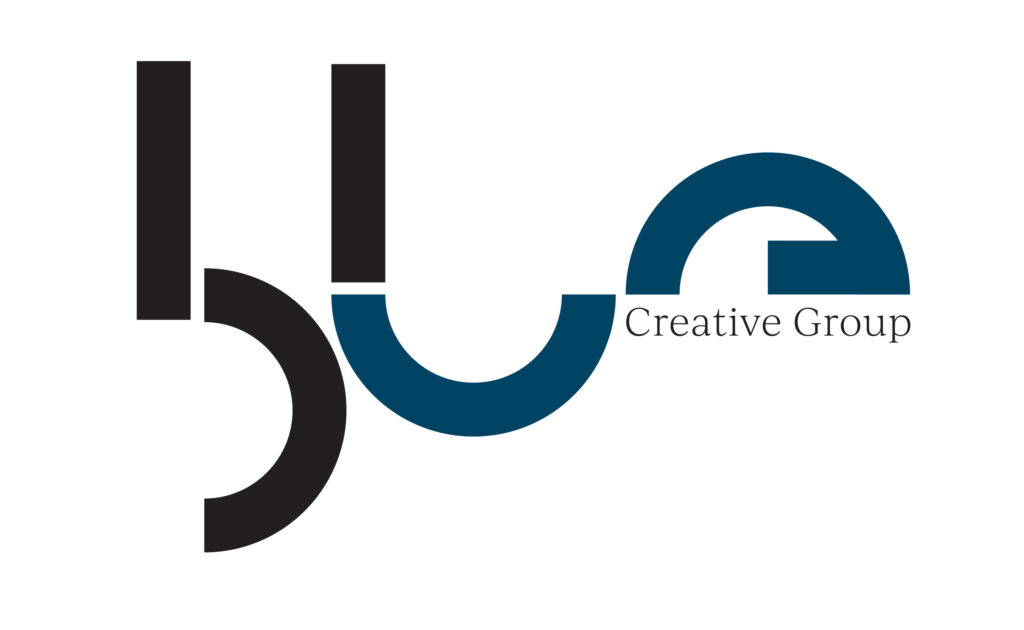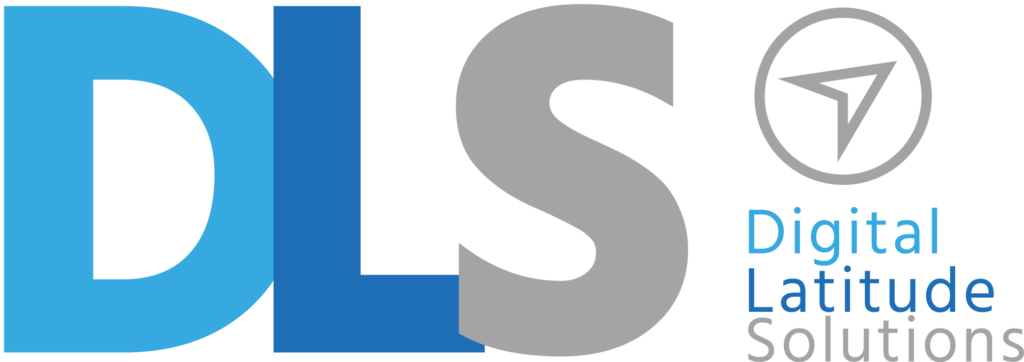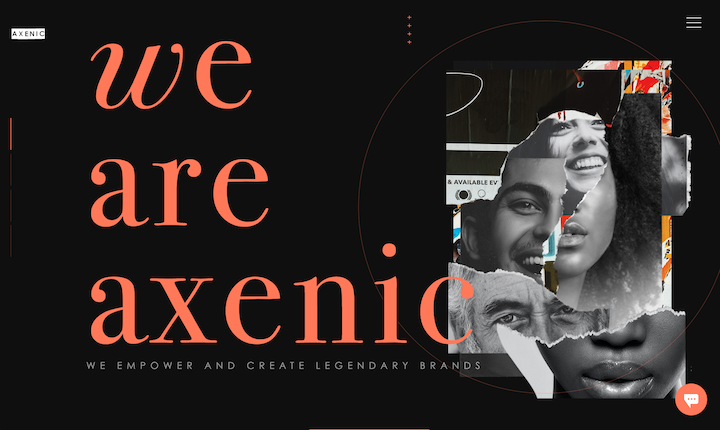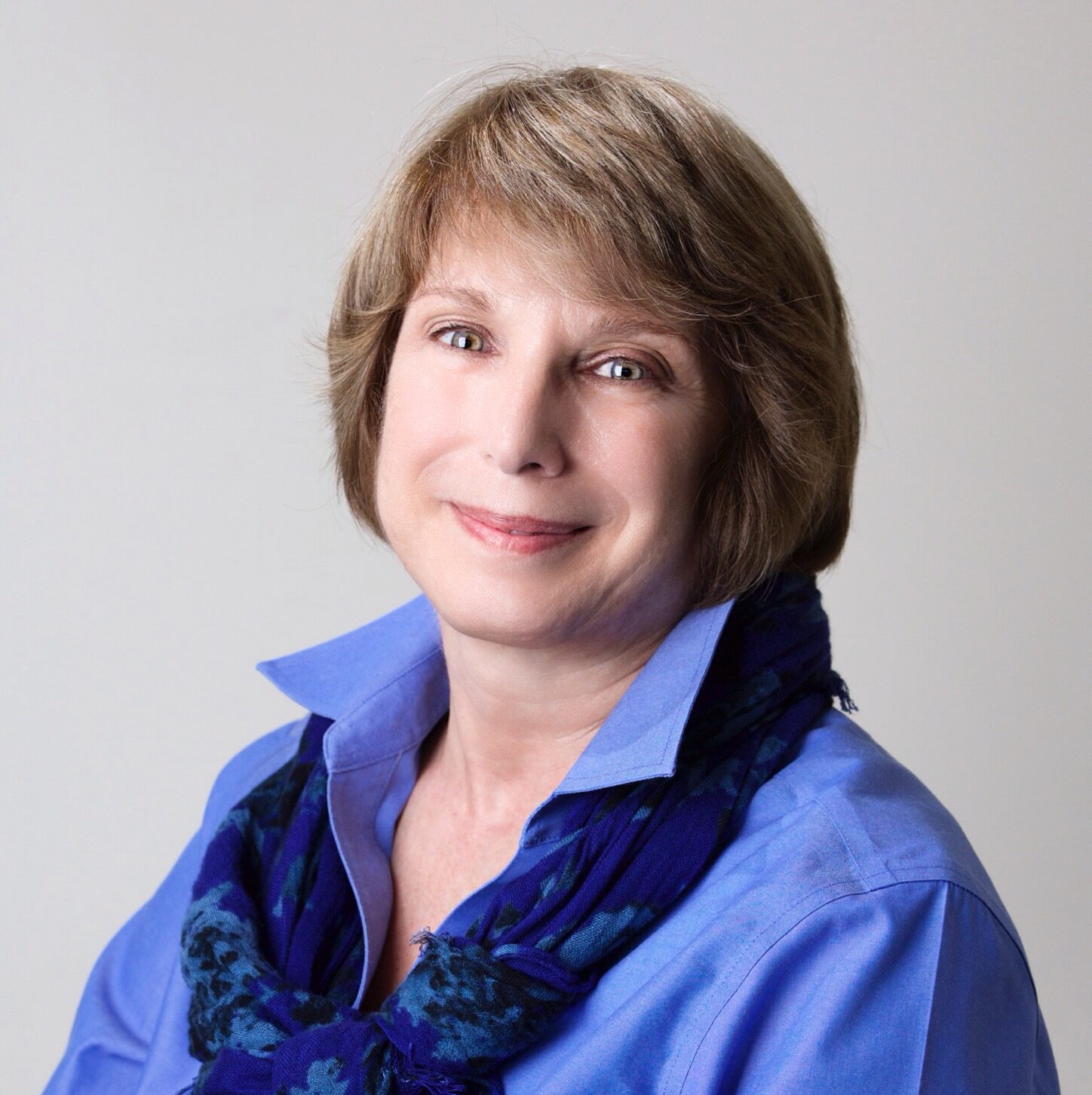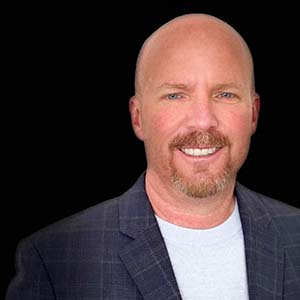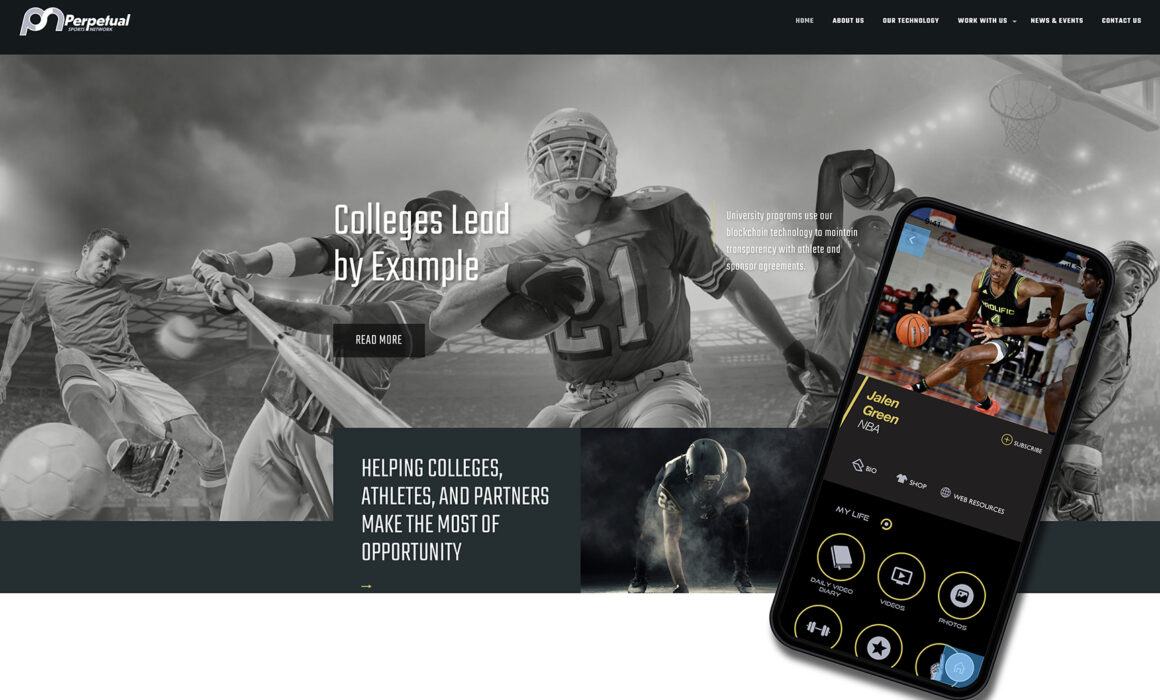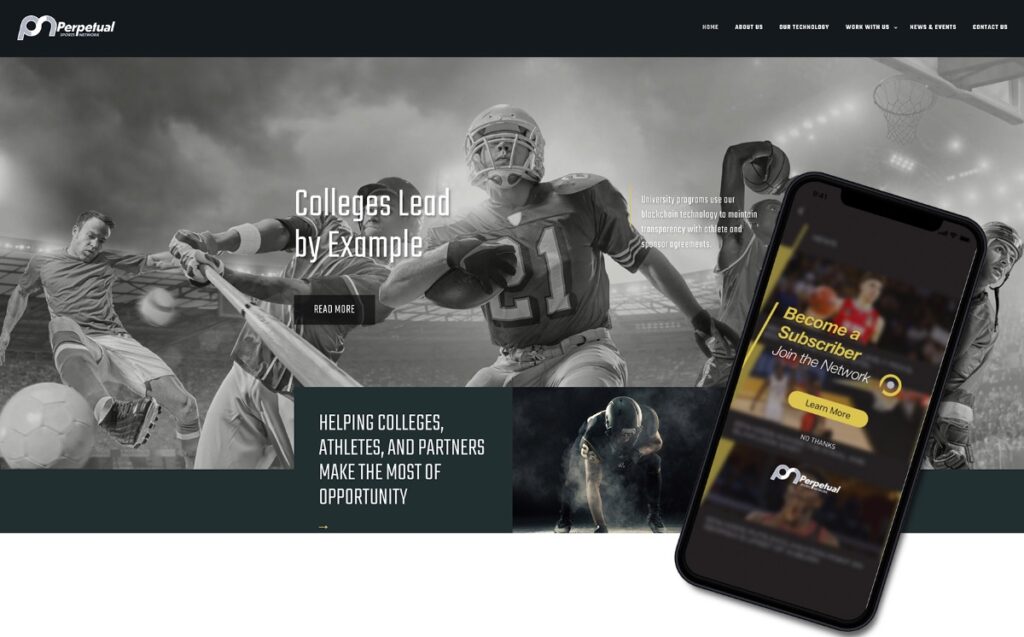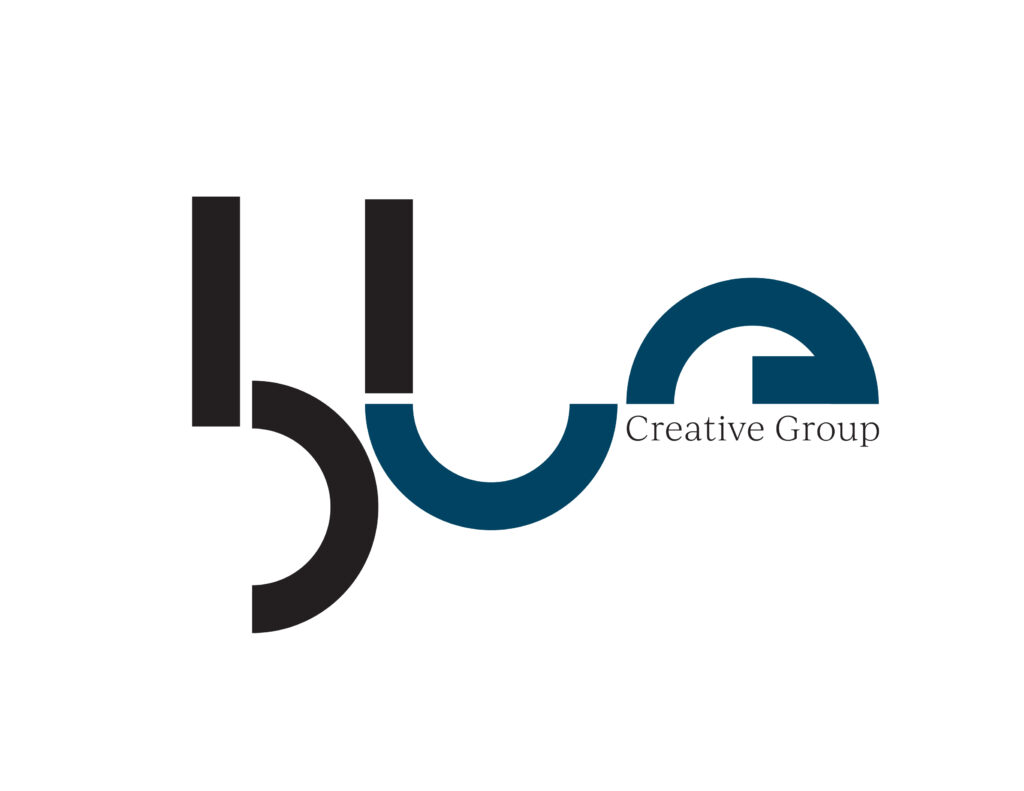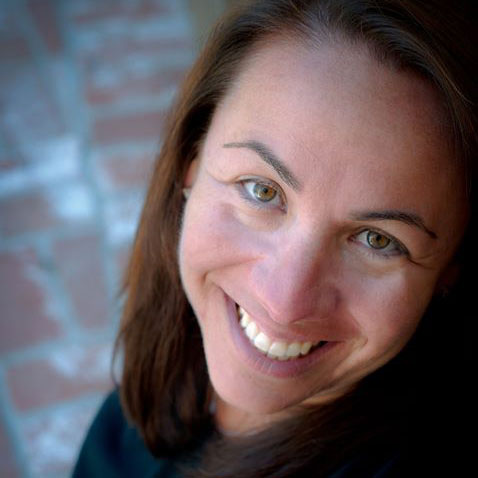Blue Creative Group Doubles Revenue Through Strategic European Acquisition
On May 4th, Blue Creative Group acquired Chiasso, Switzerland-based Sand People Communication (SPC) through a share purchase agreement. This acquisition created an opportunity to merge a debt-free, highly profitable operation with a strong balance sheet, and superior management into Blue Creative Group. Sand People focuses solely on media relations and media buying services, services not fully offered by Blue Creative. The combined entity now manages 68 clients across the globe.
“Part of our Value Creation Plan (VCP) from day one was to develop an additional book of business that was a higher volume, more transactional, and repeatable,” says Blue Creative Group President George Sass. “SPC’s business model complements the more custom engagement level of Blue Creative Group’s current book of business such as brand audits, strategic development, and digital media engineering.” Blue Creative Group and SPC were already collaborating on multiple clients together. The transaction merges the two companies into a single-source-solution marketing agency — having offices in the US and Europe, serving clients worldwide in the yachting, luxury lifestyle, sustainable energy, finance, manufacturing, and technology markets. The combined company offers clients and the Fresnel portfolio companies a full set of custom services including media relations, media buying, event development and management, graphic design and creative services, SEO, website development, full video production, market research, social media management, strategic planning, and brand development.
Both Sand People and Blue Creative Group retained their respective brand names and management, yet are transitioning to a unified operational structure to leverage opportunities and expertise.
“With Sand People I always had the objective of building up a team and a company with a clear, strong international pedigree. This partnership joins together two powerhouse teams into a solid global organization,” says Gianluca Poerio, founder of Sand People. “The leverage we’ve already seen with shared clients is just a taste of what we can do, and there’s plenty of potential to enhance and maximize client’s promotions, drive incremental revenue across the combined client portfolio, and deliver clients budget efficiency and bandwidth with the unified structure.”
As part of the transaction, George Sass has joined the Board of Directors of the Switzerland-based SPC division. “This merger will significantly strengthen the capabilities of the combined company, further grow and diversify its service offerings, and position the company for continued long-term growth,” says Sass. “I’ve had the pleasure of working directly with Sand People’s incredible team and Gianluca for almost two decades, first as an editor and then as a client. The level of creativity, energy, and dedication to their clients’ success is deeply ingrained within the SPC’s culture.”Since Blue Creative Group serves as the centralized marketing-services provider to Fresnel’s portfolio of companies, this merger also transitions the portfolio from English-only communications to an additional seven languages. This provides the foundation for Tring Live Media, Perpetual Sports Network, X-Med, Torus Global, and Blue Creative Group itself to expand into new markets. The impact for Emergent International Payment Systems and Blue Creative Group was immediate. Emergent IPS will have French-language PR experts and writers who can create an immediate social media presence within the Congo and neighboring French-speaking countries, while Blue and Sand People have already secured new clients solely based on the merger.


